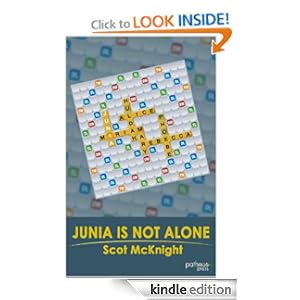 Summary: A classic hero: a good guy that is a bit bad, but still sacrifices himself for the girl
Summary: A classic hero: a good guy that is a bit bad, but still sacrifices himself for the girl
I first heard about the Dresden Files books when they were optioned for a short lived TV show. I enjoyed the show, although it was only a single season. The first book in the series was made into an episode of the TV show. So when I read the book, I had an idea of where it was going.
Fool Moon, was not part of the TV show (or at least I do not remember it.) Dresden is the only openly practicing wizard in Chicago. He doesn’t have much business and mostly survives off of being hired by the police force as a consultant on strange murders. Lt Murphy (who is hinted at as a potential love interest) has stopped calling because she is under internal investigation because previous book.
When Murphy finally does call, it is because there have been a string of deaths from wolves, in Chicago, around full moons. Eventually we find out there are several different types of were-wolves. And some of the were-wolves are good and some not so good.
 Takeaway: Sainthood is hard, and more focused on a life time than month long experiments.
Takeaway: Sainthood is hard, and more focused on a life time than month long experiments.
 Summary: Artemis may have found his father, and he is suspected to be smuggling human goods (and weapons) to Faire.
Summary: Artemis may have found his father, and he is suspected to be smuggling human goods (and weapons) to Faire. Summary: The end of the world is coming. An angel and a demon happen to like the world the way it is. Which set of prophecies will win.
Summary: The end of the world is coming. An angel and a demon happen to like the world the way it is. Which set of prophecies will win. Takeaway: Yes, this book is about celebration of women’s genitalia.
Takeaway: Yes, this book is about celebration of women’s genitalia. Takeaway: Theology does not exist in a vacuum.
Takeaway: Theology does not exist in a vacuum.  Takeaway: Innovation occurs at the intersection of different fields of study.
Takeaway: Innovation occurs at the intersection of different fields of study. Summary: Real evil isn’t the villains, it is the accountants/consultants behind the villains
Summary: Real evil isn’t the villains, it is the accountants/consultants behind the villains Takeaway: God is a Covenant God
Takeaway: God is a Covenant God